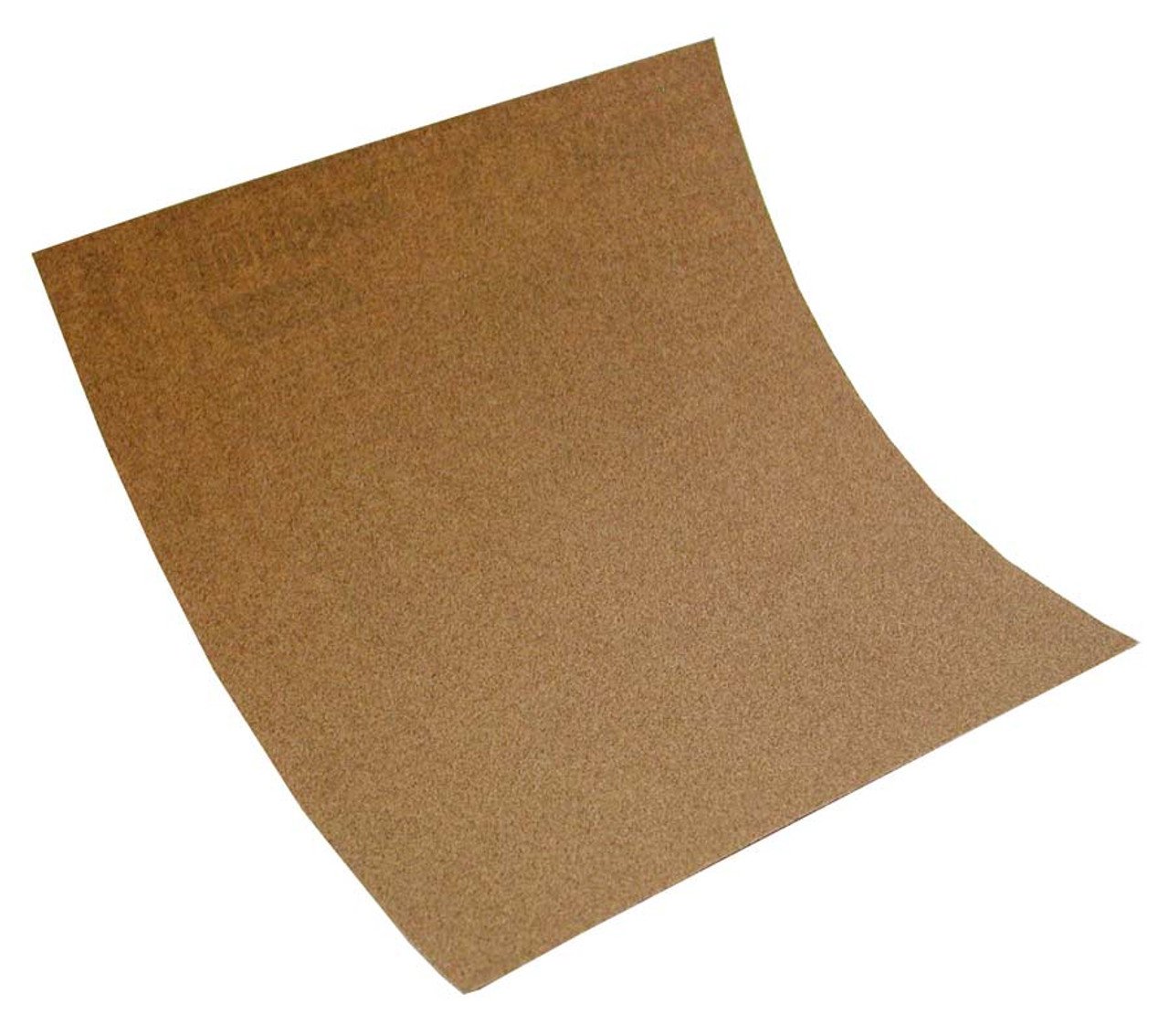
Each time you advance to a higher grit sandpaper, you remove the scratches from the previous layer. Many jobs require you to “go through the grits.” This means you start the project using lower-grade grit and use finer pieces of sandpaper as you progress. For finishing surfaces smoothly, use a super fine sandpaper with 360- to 600-grit. For heavy sanding and stripping, you need coarse sandpaper measuring 40- to 60-grit for smoothing surfaces and removing small imperfections, choose 80- to 120-grit sandpaper. You need to choose the grit size of sandpaper depending on the particular job you are trying to accomplish.

Open-coated sandpaper has gaps between the grits, allowing sawdust to gather so it doesn’t interfere with the sanding, whereas closed-coated sandpaper doesn’t have those open spaces. The density of the grit is important, too. The larger the grit size, the more edges there are and the smoother the sandpaper. In addition, sandpaper is measured by its grit size, or number of sharp particles per square inch of sandpaper. Industrial-grade sandpaper uses higher quality materials than commercial grade but is only available in specific stores. And, never sand unfinished wood that you’re going to paint with anything higher than a 200 grit. You generally won’t use this grit on a first sanding. AutKerige 6 Inch Wet Dry Sandpaper, 40 PCS Assorted Grit Sanding Disc (1000/2000/3000/5000) with Premium Silicon Carbide, Hook and Loop Polish Sandpaper for Auto, Wood or Metal Polishing and Sanding 4.5 4. It’s gritty enough to sand off any wood fuzzies or paint mishaps, but fine enough that you won’t take the paint off. It is based on the number of particles per square inch of the. Different grades of sandpaper represent the difference in quality of the abrasives, the backing material and the bonding agents. This is the sandpaper grit to use between paint coats. For example wet and dry is normally around 1000 + grit, coarse sand paper would be 60 grit. The abrasive edges are glued onto backing material such as Kraft paper with a bonding agent. Ready to get sanding? Find the perfect sandpaper rolls, sanding pads, and grinding discs for your bodywork project right now, at Summit Racing.Sandpaper contains numerous sharp edges that cut away at wood or metal. So if you’re not sure which sandpaper grit to use, check out the Summit Racing Tech Center article: What's the difference between sanding grits? Whether you’re removing excess body filler on the first pass with your coarse grit sanding block or wet sanding down with a fine grit sandpaper before busting out your polisher, knowing which sandpaper grit to use is really, really important.

Check out the handy filters to refine your search based on the sandpaper’s media: aluminum oxide, ceramic, silicon carbide-you’d probably be surprised to see how many abrasive media options are available for your sandpaper and grinding discs.Īnd those same filters can help you narrow-down your shopping by sandpaper grit too. If your automotive paint project includes more aggressive material removal, check out the wide range of grinding discs that are perfect for working with heavy body fillers or directly on the vehicle’s sheetmetal.Īre you looking for a specific abrasive material to use on your bodywork? Well, you’re in luck. Or if you’ve got an orbital sander, you’ll find plenty of sandpaper choices as well, including sanding discs for pressure sensitive sanders and sanders with handy, quick-change hook-and-loop attachment pads.

Select from a wide range of grits too, including coarse 80-grit sandpaper to fine 1,000- and 2,000-grit sandpaper, and beyond.Īnd whatever sander your using, there are sandpaper options for you-like basic sandpaper sheets and larger sandpaper rolls that are perfect for large sanding blocks. From sandpaper rolls to grinding discs, wet or dry, you’ll find the right sandpaper to finish your paint job right here. Then when you’re done, you sand a bit more to make it absolutely perfect. What’s the secret to smooth, laser-straight bodywork? Sanding, sanding, and sanding. P-graded, heat-treated, aluminum oxide (26)


 0 kommentar(er)
0 kommentar(er)
